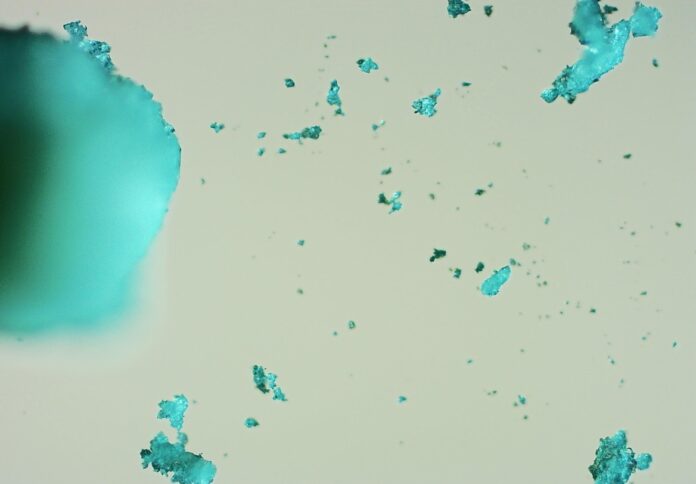
Monash University researchers have developed an artificial intelligence (AI) program designed to accelerate the identification and analysis of microplastics, a growing environmental concern.
The program employs machine learning algorithms to analyse thousands of samples in mere seconds, a process that traditionally takes months for human researchers.
By utilising data from fourier transform infrared spectroscopy (FTIR), the AI program identifies unique chemical signatures of microplastics, distinguishing them from naturally occurring materials such as tiny seashell fragments, algae, and animal fur.
Lead researcher and Monash University PhD candidate Frithjof Herb highlighted the critical role of the program in overcoming existing challenges in microplastics research.
“We are addressing a significant bottleneck for progress in tackling the microplastics problem,” Herb said.
“Not only is the process of analysing samples arduous and time-consuming, but until now, we have been unable to do it on a large enough scale to gain a comprehensive understanding of exactly what microplastics we are dealing with, where they are, and where they end up.”
The ability to distinguish between microplastics and other materials is a key advantage of the AI program.
Unlike traditional methods that rely on visual inspection, which can be misleading, the AI program analyses chemical compositions to identify and classify microplastics accurately.
Supervisor Dr Khay Fong, Senior Lecturer in the Monash School of Chemistry, noted the challenges posed by the evolving nature of plastics.
“Plastics are constantly changing, both in how they’re made and how they break down in the environment. Traditional tools struggle to keep up with these changes,” Fong said.
The AI tool is designed to adapt to these variations, allowing researchers to analyse data efficiently as plastic compositions continue to evolve.
Herb emphasised the accessibility of the program, noting that it runs effectively on conventional laptops, making it a sustainable and practical solution for widespread research use.




















